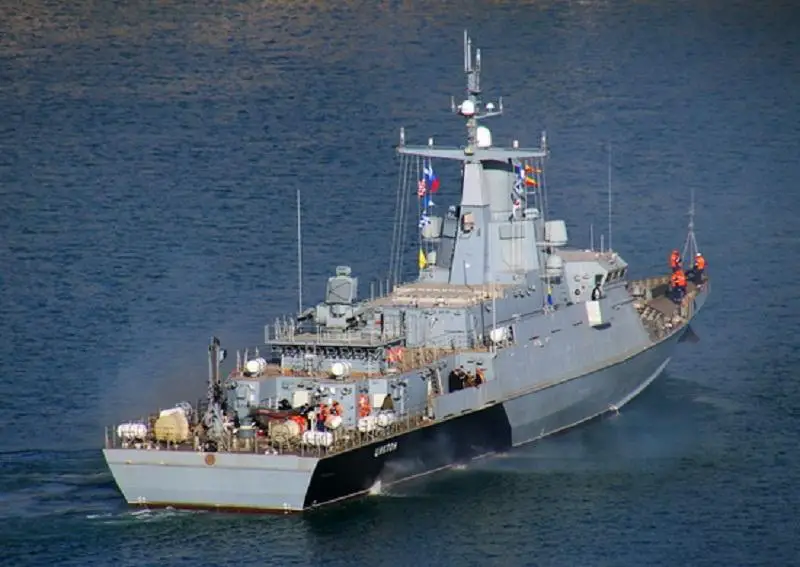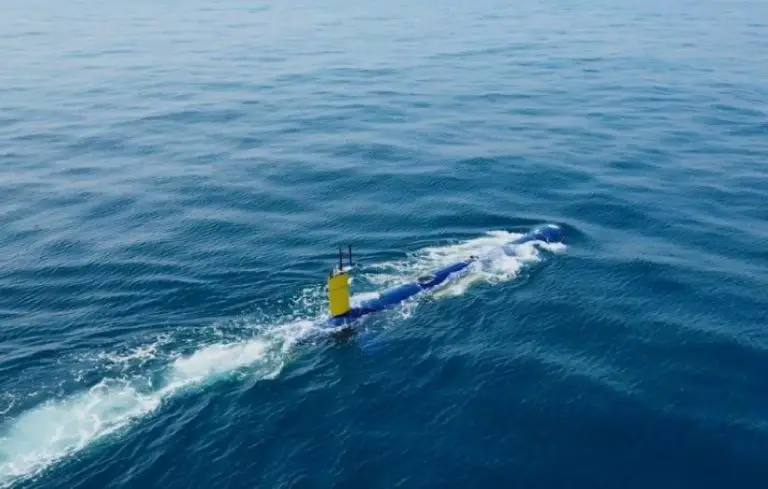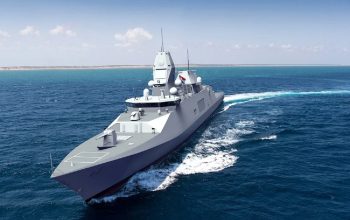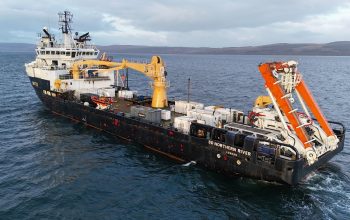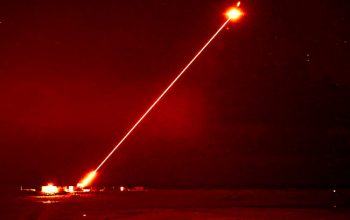The latest Karakurt-class corvette Tsiklon (801) that is set to enter service with the Black Sea Fleet successfully conducted artillery firings during state trials in the Black Sea. The crew of the state-of-the-art small missile ship Tsiklon successfully tested artillery systems and conducted artillery firings at a Black Sea Fleet naval practice range. The artillery firings were conducted as part of the ship’s state trials before it entered into service with the Black Sea Fleet. The warship’s crew practiced its tasks jointly with the Shipyard’s delivery team. At sea, the crew conducted firings from artillery guns in the standard model and also at maximum rotation and elevation modes against simulated naval, coastal, and aerial targets. Also, its ship and armament control systems were fine-tuned during the artillery firings.
The Tsiklon corvette is built by Zaliv Shipyard in Kerch. The Tsiklon has floated a year ago and is undergoing trials. In particular, they carry Pantsir-M air defense launcher. The Tsiklon can fire Kalibr and Onyx missiles. The body of the warships is made with stealth technologies. The Black Sea Fleet of the Russian Navy is to receive the latest Tsiklon corvette of project 22800 armed with Pantsir-M air defense this year. The corvette will get upgraded project 22800 corvettes armed with better weapons than predecessors. Project 22800 corvettes carry eight cruise missiles each. Kalibr can strike at coastal and sea targets. The corvettes will reinforce the 41st brigade of missile ships, which is important, as NATO warships regularly sail close to Crimea
The Tsiklon is a Karakurt class (Project 22800 Karakurt, European Blak Widow), is a new class of Russian corvettes (small missile-ships in Russian classification) which have been entering service with the Russian Navy since 2018. The class is intended as a more seaworthy, blue-water complement to the Buyan-M class corvettes, designed for the littoral zone and which as of 2015 serve in Russia’s Caspian Flotilla, Baltic Fleet, and Black Sea Fleet. They are also to be a cheap alternative for larger Admiral Grigorovich class frigates, for which construction was delayed due to the suspended military cooperation with Ukraine, and because Russia intended to continue the modernization of its navy until all necessary tasks for construction of larger vessels domestically are solved. Nevertheless, delays in the supply of domestically-produced engines for the Karakurt-class had held up the completion of several units as of 2020.
Project 22800 derives from Project 12300 Skorpion, a proposed 1990s Almaz design for a 500-ton displacement missile boat, and was also heavily influenced by Project 21631, the Buyan-M corvettes. Ships of the class have a stealth-shaped superstructure with an integrated mast carrying four phased array radar panels. The primary armament consists of Kalibr cruise missiles or P-800 Oniks supersonic anti-ship missiles carried in eight UKSK VLS cells in the rear part of the superstructure, behind the bridge. The corvettes built for the Russian Navy will be equipped with a 76.2 mm AK-176MA automatic dual-purpose gun. However, at least on the first ship, the 100 mm A-190 was installed. For anti-missile defense, the first two ships will only carry a pair of AK-630M gun-based CIWS. Starting from the third ship, they will be equipped with Pantsir-M, a navalized version of the Pantsir surface-to-air missile system.


